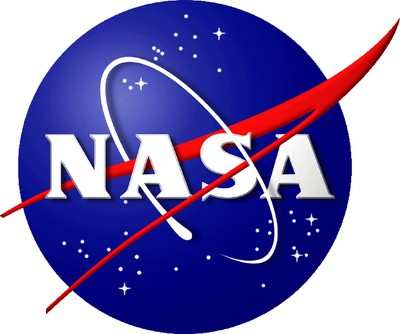A Maxar Satellite Will Carry The Instrument Into Orbit In 2022
NASA has secured a host satellite provider and ride into space for an instrument that will dramatically advance our understanding of air quality over North America. Maxar Technologies of Westminster, CO will provide satellite integration, launch and data transmission services for NASA's Tropospheric Emissions: Monitoring of Pollution (TEMPO), an Earth science instrument that will observe air pollution over North America in unprecedented detail from a geostationary orbit.

A contract with Maxar was awarded by the U.S. Air Force Space and Missile Systems Center through its Hosted Payload Solutions contract, a procurement mechanism that provides a pool of qualified vendors that meet the government's needs for various hosted payload space missions at a cost savings to the government.
Scheduled to fly in 2022 on a 1300-class commercial satellite provided by Maxar, TEMPO will make hourly measurements of atmospheric gases – including ozone, nitrogen dioxide and formaldehyde as well as aerosols – across North America, from a geostationary vantage point 22,236 miles above Earth's equator.
While ozone is a major protector of life on Earth and filters out harmful ultraviolet radiation, it is also a greenhouse gas and air pollutant. TEMPO's new stream of data will provide near-real-time air quality products that will be made publicly available and will help improve air quality forecasting. TEMPO will also enable researchers to improve pollution emission inventories, monitor population exposure, and evaluate effective emission-control strategies.
The TEMPO instrument project is led by Principal Investigator Kelly Chance, from the Smithsonian Astrophysical Observatory (SAO) in Cambridge, Massachusetts. The instrument was developed by Ball Aerospace in Boulder, Colorado, and is in storage awaiting shipment to Maxar's satellite manufacturing facility in Palo Alto, California. "With the TEMPO instrument fully spaceflight qualified and safely delivered, we are excited about this important step and look forward to working closely with Maxar for the successful deployment of TEMPO," said Stephen Hall, TEMPO project manager at NASA's Langley Research Center in Hampton, Virginia.
TEMPO will contribute to a global air-quality monitoring constellation that will include similar satellites: the European Space Agency's Sentinel-4, currently in development, and South Korea's Geostationary Environment Monitoring Spectrometer, scheduled to launch in early 2020.
The instrument's international science team includes partners in North America, Asia and Europe, and is led by Chance and Deputy Principal Investigator Xiong Liu, also from SAO. Scientists with the Environmental Protection Agency and the National Oceanic and Atmospheric Administration play key roles in the TEMPO science team.
In 2012, TEMPO became the first instrument to be awarded by NASA's Earth System Science Pathfinder (ESSP) Program in the Earth Venture Instrument Class Series. Earth Venture projects address new scientific priorities using advanced instrumentation carried on airborne platforms, small satellites, or as hosted payloads on larger platforms. The ESSP Program is located at NASA's Langley Research Center.
(Source: NASA news release)
 Aero-News: Quote of the Day (10.27.25)
Aero-News: Quote of the Day (10.27.25) ANN's Daily Aero-Linx (10.27.25)
ANN's Daily Aero-Linx (10.27.25) NTSB Prelim: Lancair 320
NTSB Prelim: Lancair 320 Airborne Programming Continues Serving SportAv With 'Airborne-Affordable Flyers'
Airborne Programming Continues Serving SportAv With 'Airborne-Affordable Flyers' Airborne-Flight Training 10.23.25: PanAm Back?, Spirit Cuts, Affordable Expo
Airborne-Flight Training 10.23.25: PanAm Back?, Spirit Cuts, Affordable Expo



